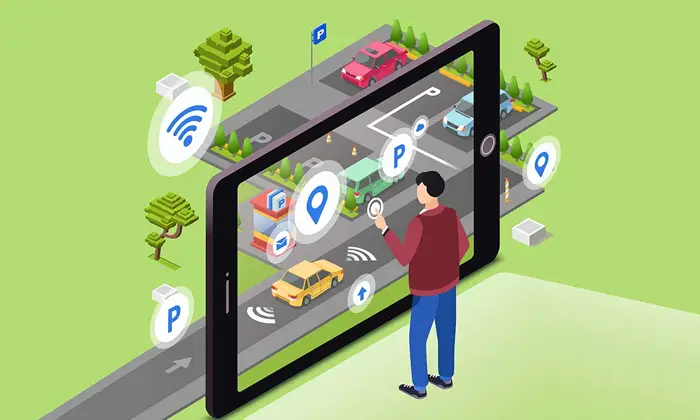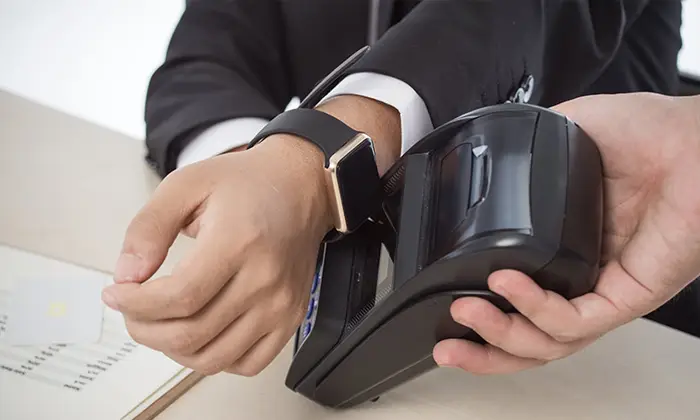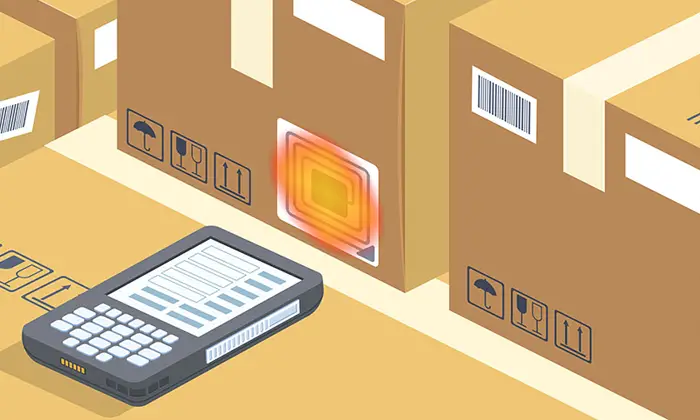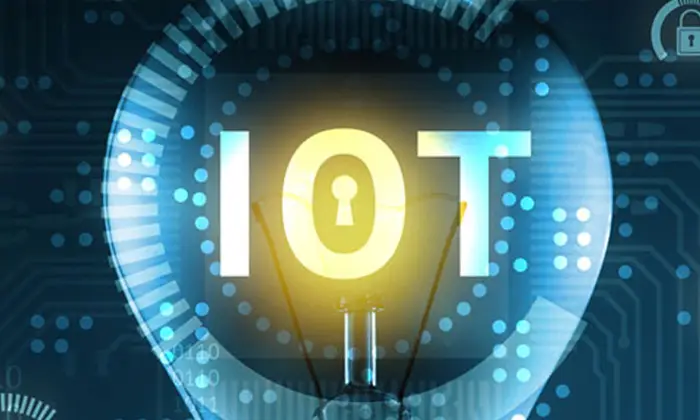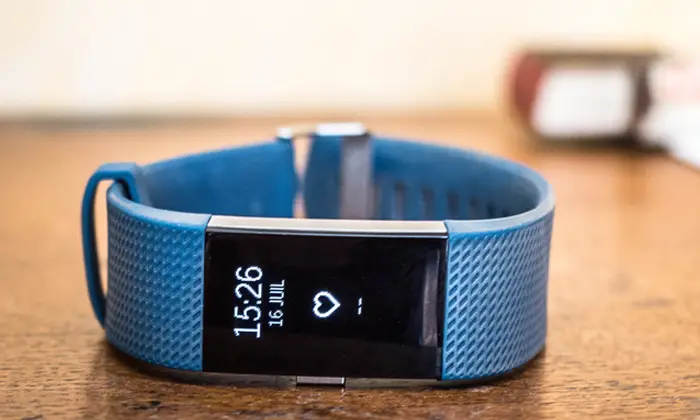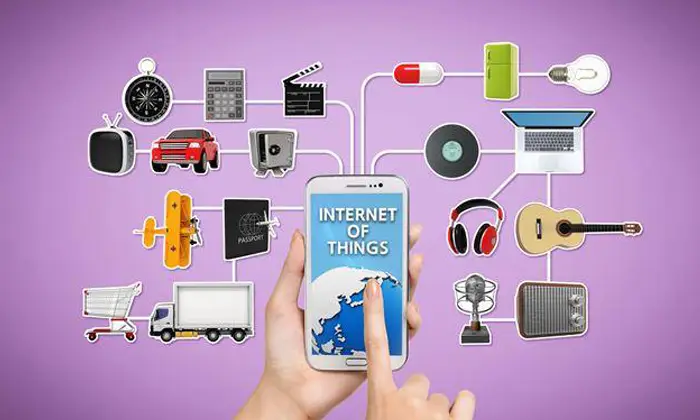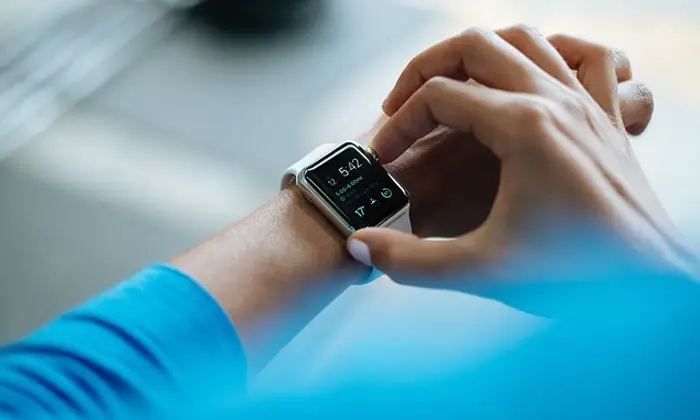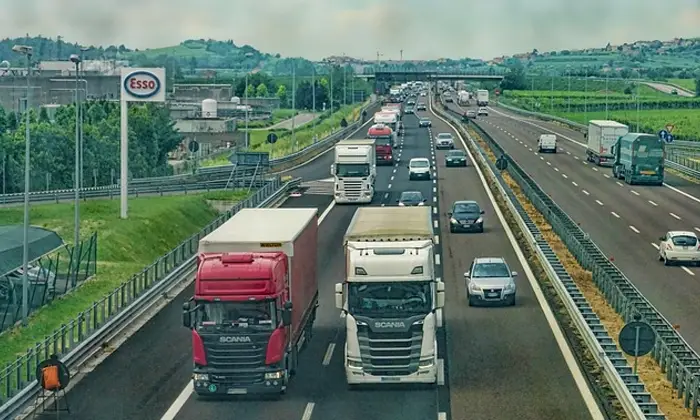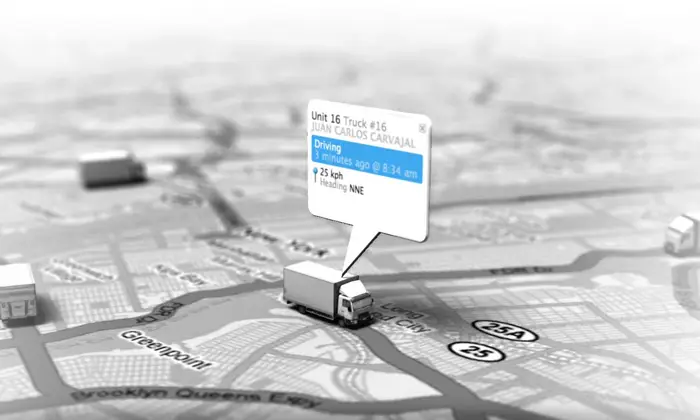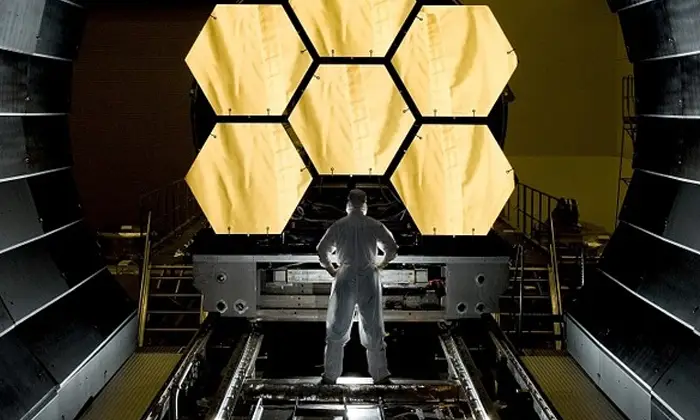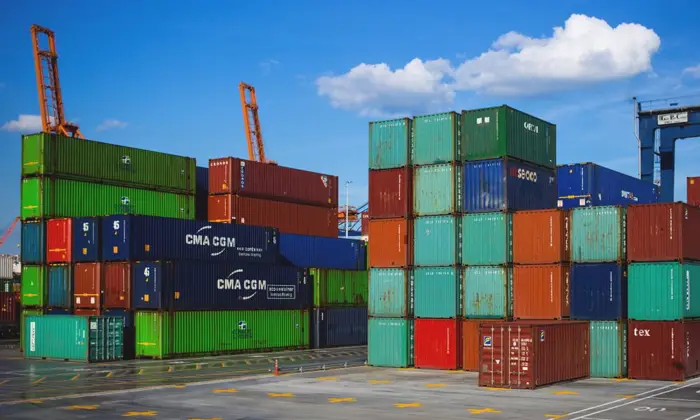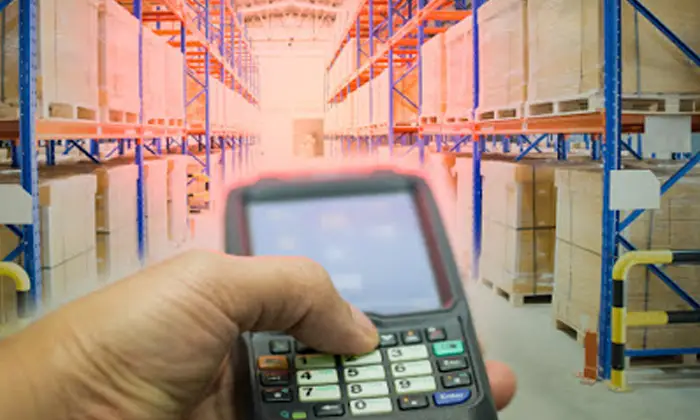It is undeniable that the technological revolution has made life easier for us. We can now meet our loved ones whenever we want without any hassles. Driving on the road has also become safer and more convenient with smart home integration and reliable GPS systems.
With things changing so rapidly, it is no surprise that parking systems have updated themselves to become more tech-oriented. Thenew smart parking technology is equipped to let drivers locate the nearest parking spot and pay for it digitally. Not only that, but these smart parking systems are also opening new doors to generate higher revenue.
Before we delve further into this topic, let’s take a look at what is smart parking and how smart parking generates new revenue streams for different stakeholders.
What Is Smart Parking?
Smart parking is a new way of parking that combines technology and human innovation to achieve quicker, easier, and denser parking of vehicles with comparatively fewer resources ( fuel, time, and space). The strategy is based on the fundamental ecological principle – we are all connected.
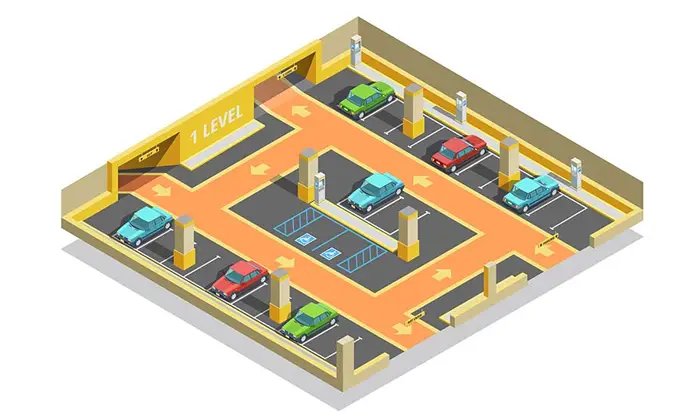
How Does Smart Parking Generate New Revenue Streams?
1) Parking Apps
With the help of seamless parking apps, drivers can directly receive the parking information on their phone. Since they will be paying a certain amount to access the information, this will generate a revenue stream for parking lot operators. The smart parking technology also combines various data sources into a single set of data for accurate parking guidance. Data providers can charge for this information, hence smoothening the parking process and generating more revenue.
2) Data Analytics
There are various smart parking softwares that offer data analytics to help operators with policy and pricing. With the help of such IoT-informed technology, operators will have to face fewer revenue leakages and accurate accounting for usage. Such tools can be put to use by city administrations and operators for efficient and hassle-free of parking across the city.
3) Payment Through Mobile
This aspect is beneficial for mobile operators who can generate revenue by charging users a small commission on mobile payments. In addition to that, operators can also adjust the reservation fee according to the demand for the parking lot at the moment.
4) IoT And Mobility Players
The thing about smart parking is that it relies heavily on sensors, cameras, RFID technology, license plate readers, and mobile payment options to make parking a smooth experience for users. Parking operators nowadays use Mobile IoT to cover a wide area and transmit information from sensors to a centralized database. This provides an opportunity for IoT and mobility players to up their game and generate a lot of revenue.
5) Parking Operators
Not losing money is also an aspect of generating revenue. For operators, implementing smart parking strategies in their parking means improved operational and management efficiency. Since the traditional method of manual operation often results in leakages and inefficiencies, smart parking help reduce the inadequacies. Operators can also leverage customer data to employ dynamic pricing, and henceforth, generate more revenue.
6) Municipal corporations
Smart parking systems help governments enforce and identify violators easily. This automatically increases the collection of fines, which is another way of generating revenue. Not only that but the dynamic pricing and accurate billing done through IoT sensors is also beneficial for cities, especially those who have on-street parking where parking time is hard to measure. Through IoT technology, authorities can get real-time information on the parked vehicles and send the bill directly to charge the drivers.
Learn more about smart parking technology from our experts! At Trakaid, we offer RFID technology-enabled smart tracking solutions for non-gated commuter parking lots and residential area street parking. Contact us at 1-(203) 925-8388.
[/et_pb_text][/et_pb_column][/et_pb_row][/et_pb_section]
